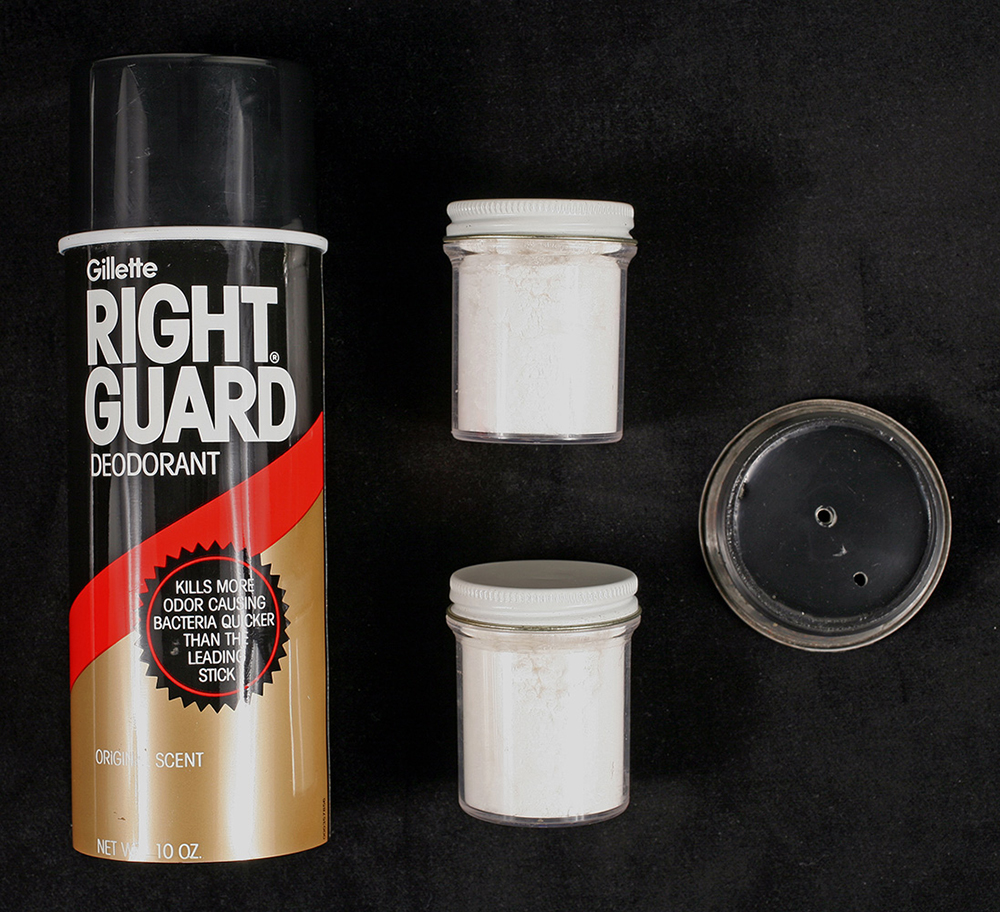
Combating illegal drug trafficking and protecting postal employees from handling illegal narcotics are among the Postal Inspection Service’s greatest challenges. Postal inspectors use tips, intelligence from other agencies, tracking techniques and trained dogs to locate drug shipments and anticipate the increasingly sophisticated ways drugs are concealed in the mail.
The Postal Inspection Service and law enforcement partners arrest and indict thousands of suspects each year for drug trafficking through the mail. Tens of thousands of pounds of illegal narcotics are seized, along with millions of dollars in drug trafficking proceeds.
Coast to Coast Drug Bust

Fake addresses spotted in California led to a string of drug busts all the way to New York and New Jersey.[1] In 1996 a San Diego team launched an extensive drug interdiction program. It began with targeting packages suspected of containing drugs or drug payments. When they investigated the addresses on the packages, they found that most shared the same fake location that put the imaginary address a few blocks too far west into the Pacific Ocean.
The law enforcement team matched the packages’ addresses to surveillance photos of customers suspected of mailing drugs. After the photos were provided to postal clerks, one recognized a suspect in the post office and copied down his license plate information. Postal inspectors, with assistance from local law enforcement, identified a suspect. His name was the first clue that appeared to lead to a family crime network that involved an uncle and cousins too. They were suspected of making $2 million per year on trafficking drugs through the mail.
After months of detective work, postal inspectors made a case against the traffickers. Federal and local law enforcement from the San Diego, New Jersey, and New York areas coordinated their information. In 1998, a raid on a suspect’s residence in La Jolla, California, turned up stashes of cash, a small crop of marijuana, and copious boxes of dryer sheets, which may have been intended for the mailing packages to try to mask the drugs’ odor. Meanwhile officials in New York City looked into a warehouse owned by the suspect’s uncle and uncovered over 2000 marijuana plants growing indoors. The case against the suspects and their associates was considered solid and resulted in fourteen convictions without having to go to trial. The suspect, his uncle, and two cousins received between five and ten-year sentences.
[1] These paragraphs summarize information about the case in Garn, Phil G., “U.S. Postal Inspectors Uncover Tons of Dope.” United States Postal Inspection Service Bulletin, October 2002: 17-20.
